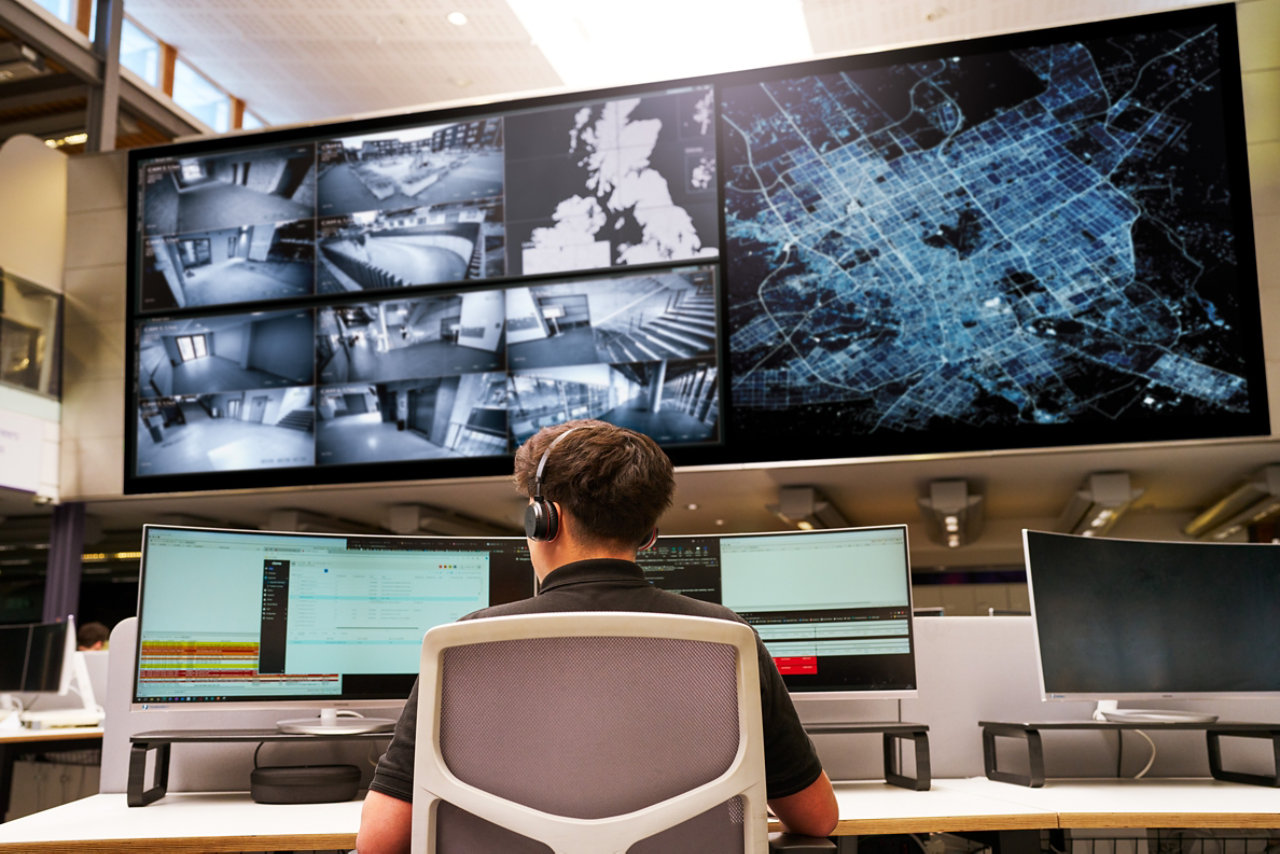Automation can help organisations handle routine security tasks, freeing up limited security professional resources to focus on critical and high-priority threats.
The potential of this way of operating is immense, yet implementing automation effectively can be a challenging process. Keeping these five essential considerations in mind can smooth the path to harnessing the power of automation within a security framework:
1. Skills shortages should drive focus
The cyber security skills shortage is driving up costs and bringing disruption as experienced specialists leave for better opportunities. This shortage is particularly challenging for smaller organisations and underfunded industries, leading to increased, unintended security risks. The loss of experienced people also forces remaining employees to focus on essential, basic tasks, leaving little time for addressing complex issues or driving innovation.
Automation can ease this situation by taking over routine and repetitive tasks, reducing employee burnout and turnover. This also allows analysts to focus on more challenging and rewarding work, leading to better job satisfaction.
2. Look at automation holistically
Any automation incorporated into cyber security must enhance efficiency and complement the security team's strengths without compromising current capabilities or increasing risks. Prime functions to look for are the ability to handle repetitive tasks and support analysts by enhancing decision-making to reduce response times.
3. Think about the operational implications of automation
Clear communication between teams is crucial when implementing platforms that enable automated change. Initially, it’s wise to have a human 'on the loop' - analysts who monitor the system, investigate changes and address them rapidly if necessary. With this set up as a base, optimisation and fine-tuning will allow the security team to rely on the automated processes without constant human oversight.
4. Choose your scope and domain wisely
Deciding what areas to automate is a minefield for many organisations. Start with a robust risk assessment to understand the threats and ensure the choice of automation tools and approaches will deliver the greatest value.
Then, focus on automating basic individual controls and policy enforcement for quick, low-risk wins and fully use automation features in existing tools. With this in place and functioning well, automation can be implemented in more complex areas, such as coordinating multiple controls within the threat management overlay. With these additional benefits come additional risks, so this step may need specific expert support.
5. Data clarity drives improvement
A clear view of what data is needed and the insight it can give is vital to successfully implementing automation. In particular, all threat intelligence data must be accurate so automated responses function optimally. Central to this is the ability to identify what critical data is needed and where it’s located. Data that’s unimportant to the decision-making process and could cause a delay in reaching a sound outcome can then be screened out.
The role of trust in AI-powered automation
Trust is vital for cyber security automation, as it affects human users' acceptance and adoption of AI solutions. Various factors, such as the transparency, explainability, accountability, reliability and usability of AI-powered automation, can influence trust.
Inspiring confidence in security teams and the broader organisation is crucial to establishing this trust. Our security advisory teams understand this and have designed our advisory services to supply expertise, guidance and education grounded in cross-industry experience. They offer a reassuring and reliable pathway to automation using tailored solutions that enhance your organisation's security posture.
For example, automation is central to our advanced cyber defence platform, Eagle-i. This platform automatically processes vast alert volumes from siloed security solutions and threat feeds, enriching them with actionable threat intelligence and customer-specific context. Eagle-i prioritises detection and response based on organisation-specific risks, recommending actions to prevent an attack before it happens.
Read our whitepaper to learn more about how automation can transform your security operations.


